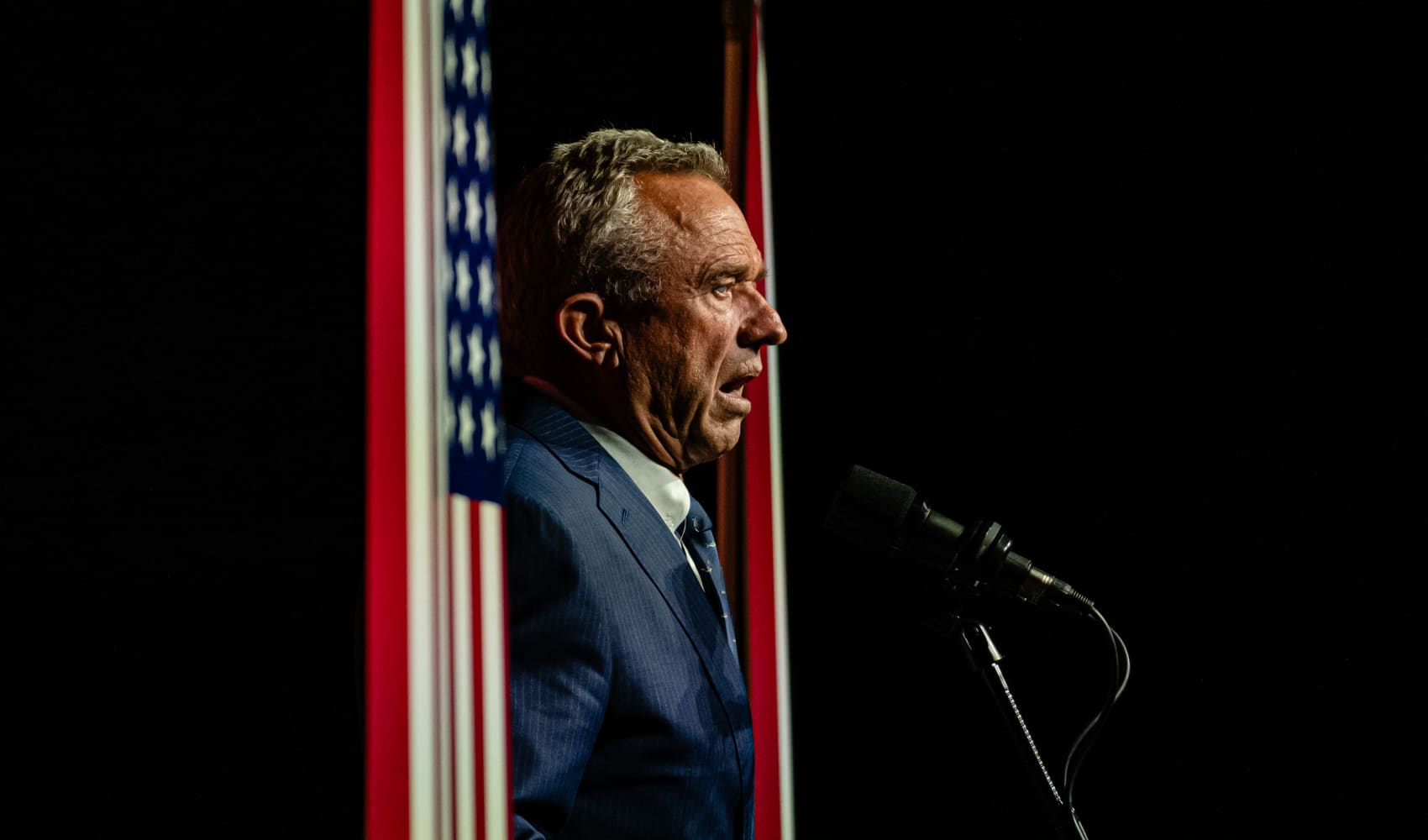
- Hurricane Ida's remnants exposed vulnerabilities in New York City's infrastructure to the kind of extreme weather that is being generated by climate change.
- "The subway system is a shallow system, and it's not a submarine," Janno Lieber, the acting chair and CEO of the New York City MTA, told CNBC's "Squawk Box" on Thursday.
- "The buses have been running nonstop," Lieber told CNBC. "The bus drivers were heroic. They got a lot of people home."
Hurricane Ida's remnants, which triggered flash floods that killed at least 22 people in New York and New Jersey on Wednesday night, exposed vulnerabilities in New York City's infrastructure to the kind of extreme weather being generated by climate change.
"We really have to work with our friends in the city government to make sure that the street-level drainage is a little more at capacity so we don't, in these new climate change-era flash-flooding situations, get as much coming down into the subway system," Janno Lieber, the acting chair and CEO of the New York City MTA, told CNBC's "Squawk Box" on Thursday.
"Because gravity does its thing, and the subway system is a shallow system, and it's not a submarine. So we really need to work with the street-level drainage folks at the city government, and we'll do that," Lieber told CNBC.
The MTA was overwhelmed by the massive amounts of rain that fell in a relatively small window of time.
Get Tri-state area news delivered to your inbox. Sign up for NBC New York's News Headlines newsletter.
"There was a historic rainfall last night — the first time a flash flood emergency declared in the New York area," Lieber told CNBC. "What really took a toll was three and a half inches of rain fell in one hour, basically between 9 and 10 p.m."
Money Report
"That overwhelmed much of our infrastructure, roads, bridges, so much else, and it took a toll on the mass transit system," he said.
At 11:27 p.m. Wednesday night, New York City Mayor Bill de Blasio instructed New Yorkers not to go outside. "Please stay off the streets tonight and let our first responders and emergency services get their work done. If you're thinking of going outside, don't," de Blasio tweeted.
"Stay off the subways. Stay off the roads. Don't drive into these heavy waters. Stay inside," de Blasio said.
New York's fire department rescued hundreds of people Wednesday night from subways, buildings and roadways, an FDNY spokesperson told NBC News.
While the city's transportation infrastructure struggled with the flash flooding, it was not as bad as it could have been, according to Lieber. He cited as a saving grace the construction done in the wake of Superstorm Sandy, which hit New York City in late October 2012.
"We've done a ton of investment in coastal resiliency since Superstorm Sandy, and that paid off," Lieber told CNBC. "Our underwater tunnels were able to pump, and pumping capacity really did very well, but in some of these higher elevation areas, flash flooding coming from the overwhelmed drains and sewers at the street level found its way into the subway system and knocked us out for a few hours."
The MTA buses were able to continue running and were key in getting New Yorkers home Wednesday night, Lieber said.
"The buses have been running nonstop," Lieber told CNBC. "The bus drivers were heroic. They got a lot of people home. They steered their way around all those abandoned cars and all that ponding. And the bus system is working well."
There was limited service on certain subway lines on Thursday morning, Lieber told CNBC, and "we expect to have a lot of service by the afternoon on the subway."
The Metro-North commuter train service "is really out of business today" and another local commuter train system, the Long Island Rail Road, "is coming back well, but also has some limits," Lieber said.
"But the bus system really bailed us out yesterday, and the subway system is coming back quickly," Lieber said.






